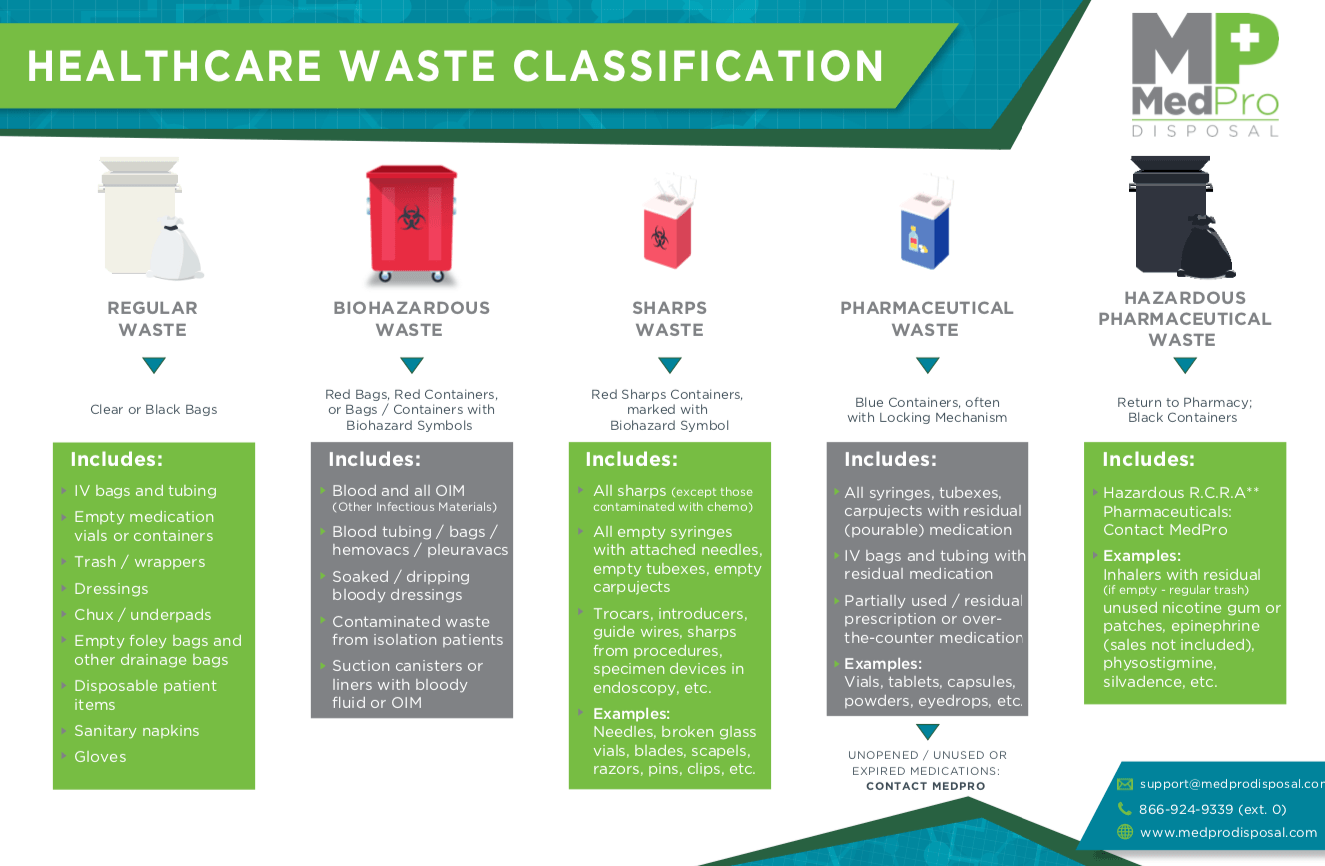Eco-Friendly Garbage Disposal Solutions for a Sustainable Future
Environmentally friendly waste disposal options are not plain options but imperatives for a sustainable future. From waste segregation at the source to energy recuperation from waste, a myriad of strategies exist to deal with the challenges of waste disposal sensibly.

Waste Partition at Source
When carrying out waste segregation at source, individuals can significantly add to extra effective recycling and waste administration systems. By dividing different types of waste such as paper, plastic, glass, and natural products right from the factor of disposal, the procedure of recycling comes to be streamlined, decreasing contamination and boosting the value of recyclable products. This method not only saves sources but also minimizes the quantity of waste destined for garbage dumps or incineration.
Proper waste segregation at the resource is vital for promoting a circular economic situation where products are reused, recycled, or composted as opposed to being disposed of as garbage. It also helps in the effective collection and handling of recyclables by waste management centers - medical waste disposal. Neighborhoods that adopt waste partition at the resource often experience cost financial savings in waste administration and see a reduction in ecological pollution
Individuals play a critical role in the success of waste partition initiatives by being mindful of how they deal with their waste - click here. Education and learning and awareness projects can further motivate the adoption of these techniques, bring about a much more environmentally friendly and lasting technique to garbage disposal
Composting and Organic Waste Administration
An effective approach for taking care of organic waste and promoting sustainability is with composting. Composting is a natural process that breaks down natural products like food scraps, backyard waste, and paper into nutrient-rich dirt changes. This procedure not just draws away natural waste from garbage dumps but likewise generates an important product that can improve dirt, enhance plant development, and reduce the demand for chemical plant foods.

Executing composting programs at the home, community, and metropolitan levels can dramatically reduce the amount of natural waste that finishes up in garbage dumps. Educational initiatives on composting ideal methods and the benefits of organic waste diversion can even more encourage widespread fostering of this green waste management option. click here. Inevitably, composting provides a sensible and lasting method to managing organic waste while adding to a greener and even more lasting future
Recycling and Upcycling Campaigns
One secret element of advertising green waste monitoring practices is through the application of recycling and upcycling campaigns. Recycling involves handling secondhand materials right into brand-new items to stop waste of potentially beneficial sources. This process helps look at this website in reducing energy intake, air contamination, and water contamination. Furthermore, reusing aids in the preservation of resources and reduces the demand for standard waste disposal methods like landfilling and incineration.
Upcycling, on the other hand, is the imaginative reuse of discarded materials or items to develop products of better or worth than the initial. By upcycling, much less waste is sent out to garbage dumps, and the demand for brand-new basic materials reduces. This sustainable practice advertises development and urges individuals to see waste as a valuable resource.
Both reusing and upcycling efforts play a vital duty in advertising a circular economic climate and minimizing the ecological effect of garbage disposal. click here. By integrating these techniques right into daily life, people can add to an extra lasting future for generations to find
Power Recuperation From Waste

There are a number of technologies used for energy recovery from waste, consisting of incineration, gasification, and anaerobic food digestion. Incineration includes shedding waste at high temperature levels to produce steam, which then drives turbines to generate electrical energy. Gasification converts natural products right into artificial gas, which can be utilized for electricity generation or as a fuel source. Anaerobic food digestion breaks down natural waste to produce biogas, which can be used for warmth or power manufacturing.

Community-Based Waste Decrease Programs
Taking advantage of neighborhood involvement and involvement is essential in implementing efficient waste decrease programs that complement energy recovery campaigns in sustainable waste monitoring methods. Community-based waste decrease programs include collaborative efforts in between residents, local companies, and authorities to lessen waste generation and enhance recycling rates. These programs often include instructional campaigns to raise recognition about accountable garbage disposal practices, the value of recycling, and the benefits of lowering waste.
One typical method is the establishment of community recycling centers where citizens can leave recyclable products comfortably. These facilities promote reusing by making it easily accessible and offering resources for correct waste sorting. In addition, community clean-up occasions and area recycling drives aid infuse a sense of environmental duty and unity amongst residents.
Moreover, community-based waste reduction programs can include campaigns such as composting workshops, reusable item exchanges, and the promotion of lasting techniques in regional organizations - medical waste removal service. By involving the area in waste reduction initiatives, these programs develop a sense of possession and collective duty towards building a more lasting future
Conclusion
In final thought, implementing green waste disposal remedies such as waste partition, composting, reusing, energy healing, and community-based programs is vital for a sustainable future. By adopting these practices, we can decrease the environmental influence of waste generation and advertise a circular economy. It is imperative that services, people, and federal governments interact to focus on sustainable waste administration practices to secure our planet for future generations.
From waste partition at the resource to energy recovery from waste, a plethora of methods exist to deal with the obstacles of waste disposal properly. Educational initiatives on composting ideal techniques and the advantages of organic waste diversion can additionally motivate extensive fostering of this environment-friendly waste administration option.Successfully utilizing energy from waste products is a critical strategy in lasting waste administration practices.Taking advantage of community engagement and participation is crucial in executing efficient waste decrease programs that match power healing campaigns in sustainable waste management methods.In final thought, implementing green waste disposal solutions such as waste partition, composting, reusing, power healing, and community-based programs is essential for a sustainable future.